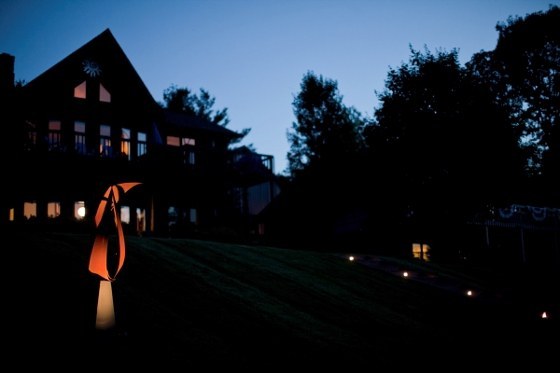

Add this to list of invisible things that are bad for you: radon gas.
Radon is an odorless, invisible, radioactive gas that can cause serious health problems. Check out this video from New Jersey Water Testing on the dangers of radon, and how it gets into your home:
What is radon?
According to the EPA, “radon is a cancer-causing, radioactive gas.” When naturally occurring uranium in soil and groundwater decays, radon gas is released. If inhaled, the volatile gas can increase the risk of lung cancer.
How does radon get into your home?
Radon originates in the soil under your home, and finds its way inside through gaps or holes in the walls or floor. Once inside, radon gas can become trapped and build up over time. Ground water (usually private wells) is another potential source of radon. Any home, no matter the age, size or “draftiness,” is susceptible to a radon problem.
How to test for radon
Home radon tests are easy to use, inexpensive and available at most hardware stores. To get an official reading, which you may need when selling a house, you may also hire a professional tester. Radon levels are measured in picocuries per liter of air (pCi/L). The average indoor level is around 1.3 pCi/L. If the levels in your home exceed 4 pCi/L, measures to reduce radon should be taken.
How to reduce radon levels
There are several radon-reduction methods, but the most common is a ventilation system that pulls air from beneath your house and releases it above the roof. Read more about radon reduction in the EPA’s Consumer’s Guide to Radon Reduction.
Have you ever tested for radon in your home? If so, were radon reduction measures necessary? Let us know in the comments below.



